The Alaska Structures rolling system transforms our portable fabric buildings into modular covered workspaces for mining sites, shipyards, and sandblasting shops. Contact us today to learn more!
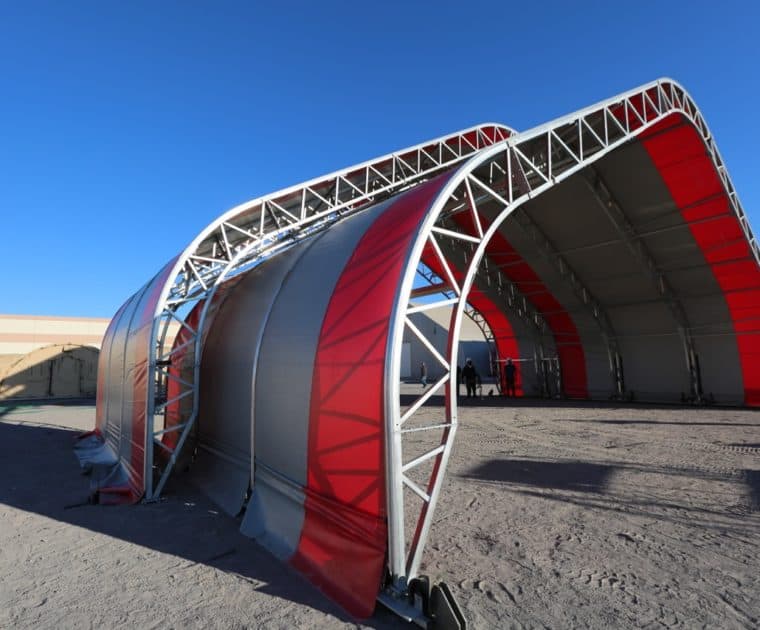

The Alaska Structures rolling system transforms our portable fabric buildings into modular covered workspaces for mining sites, shipyards, and sandblasting shops. Contact us today to learn more!
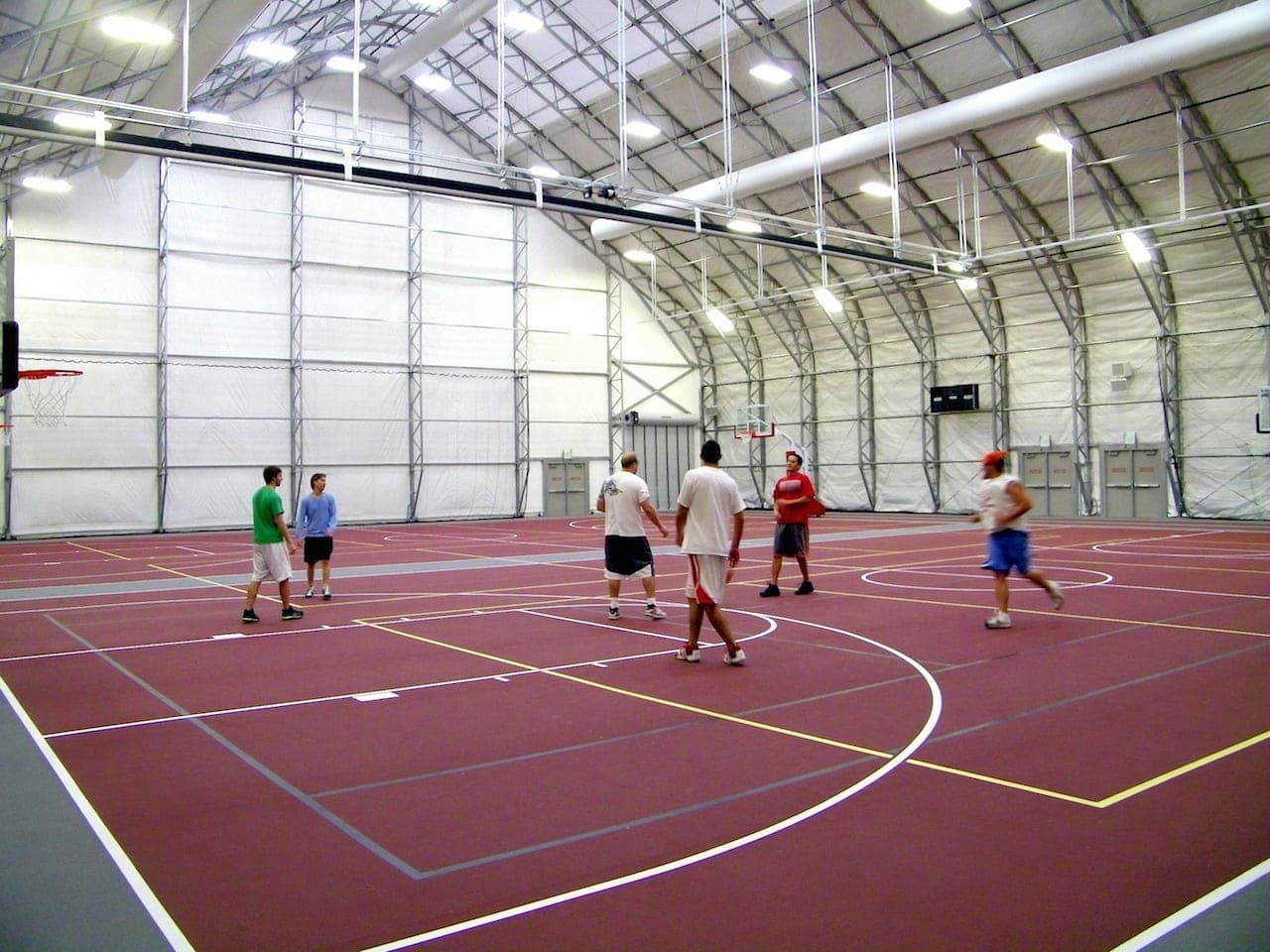
One of the major expenses of college athletic programs are the university’s athletic facilities, indoor facilities can be especially costly. Universities have options to keep costs low when building indoor athletic facilities, including fabric athletic facilities. For example, Colorado Mesa University uses a fabric building for their indoor sports training facilities. More colleges and universities should consider using fabric buildings because they are less expensive than traditional construction, offer the same quality as traditional buildings, are portable, and adjustable. Fabric buildings also allow schools with smaller budgets to have quality indoor facilities which boost the morale of student athletes.
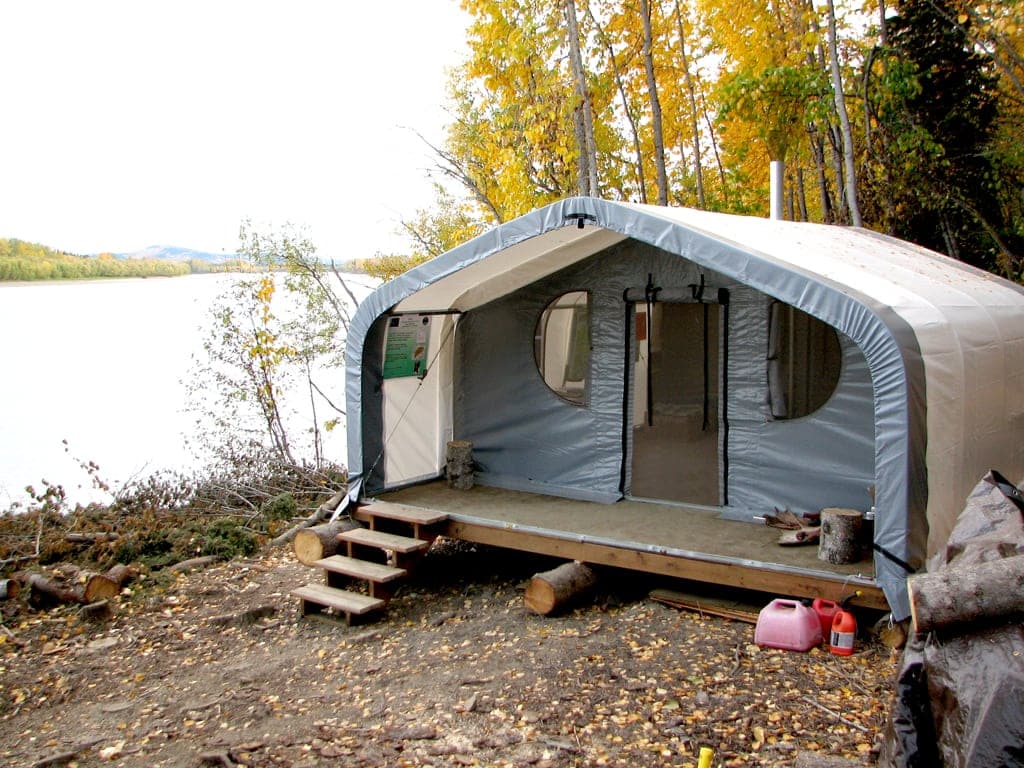
The Alaska Department of Fish & Game has been using WeatherPort® for their hunting checkpoints. Their fabric shelter systems give them the durability to withstand the harsh weather of Alaska while staying within their budget. The department uses the shelters for a variety of situations. For the Koyukuk Check Station, the fabric shelters provide living quarters and a place for employees to check people in and out of the area. Another example is the King Salmon Sonar Site, where the department uses WeatherPort shelters to hold network computers and collect sonar data. These are just two of the ways the department uses fabric shelter systems, and their applications within the departments is a testament to their strength and durability.
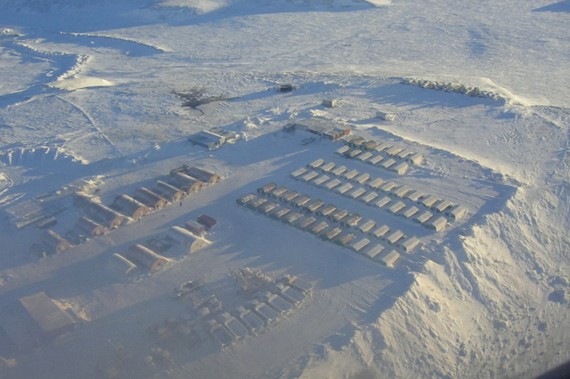
Many aren’t familiar with the McMurdo Research Station or the work scientists do there. Founded in 1956, McMurdo Station is the leading data center in Antarctica. However, recently the focus on McMurdo is on it’s deteriorating condition. There is a plan to update the entire station, however construction will affect the scientists’ ability to work. While buildings get updates, scientists will be left with no place to carry out their research, thus delaying their work. Planners must find solutions to update the buildings while allowing the scientists to do their research. One possible solution is to use fabric structures as temporary research facilities.
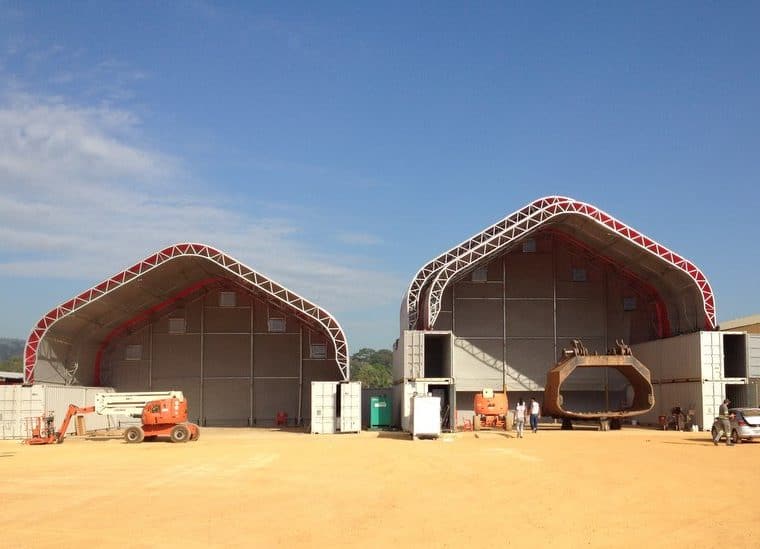
Traditionally, construction companies have used brick and mortar buildings while working on projects for their strength and durability. With new breakthroughs in technology, however, fabrics are now stronger and more durable than ever. They are being used in fabric buildings to house equipment and tools, and more site managers are using them. The obvious major benefit of using fabric buildings are lower operational costs. However, fabric buildings are also great because of mobility, easy setup, and customization. They are comparable to the buildings used in the past, without compromising efficiency. Alaska Structures offers several fabric building options to fulfil construction needs.
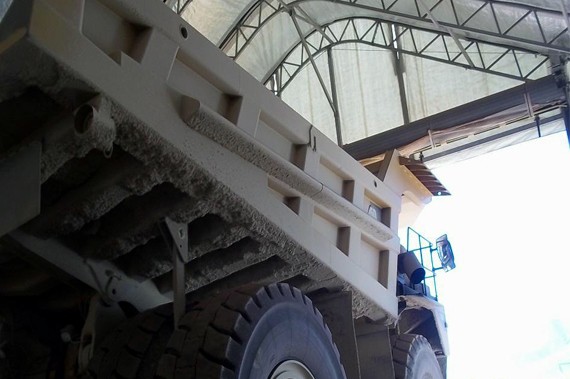
As technology advances, mining operators rely on it more to help managing their sites. One tool can now predict time-to-failure of mining machines, however it is expensive. It relies on sensors and scientists to decode the data. Managers may not be able to make room for IT solutions in their operational budgets, but can still monitor their machines. Using the RAM metric can help prevent machine breakdowns. With proper upkeep, machines will last to their full potential, while failure time predictions do nothing for the machines. Updating buildings is the first step in upkeeping machines since they protect them; strength and durability are key.
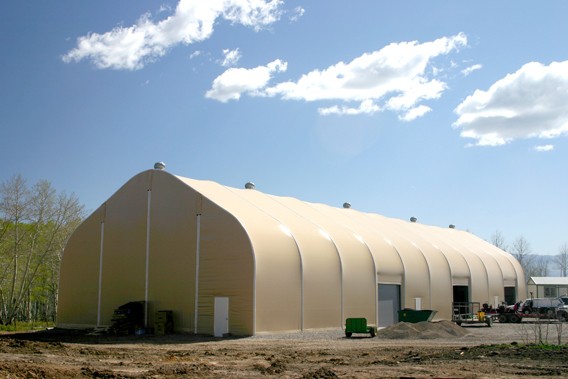
With the growing demand for resources, mining operations must run as smoothly as possible. An issue with mining sites is having a lot of downtime. Managers have options to cut downtime and increase productivity of mines. One option is using real-time performance management systems, which can share data throughout the company. Another option is preventive planning to find weak points in operations. Finally, efficient buildings will minimize downtime. Fabric buildings are a good option when increasing building efficiency. They offer a lot at a fraction of the price of traditional buildings.
Adventure Consultants use Alaska Structures’ modular structures at their Mt. Everest base camp.

Canopies are great for any outdoor event to protect guests from the elements, rain or shine. WeatherPort has many different types of canopies and options to serve a range of events, including concerts, festivals, weddings, farmers markets and more. Our Canopy Buyer’s Guide is loaded with information about the types of canopies we offer, design styles, types of anchoring systems, and other options. After reading the guide you should be able to find the right canopy for your event or you can create a custom canopy.
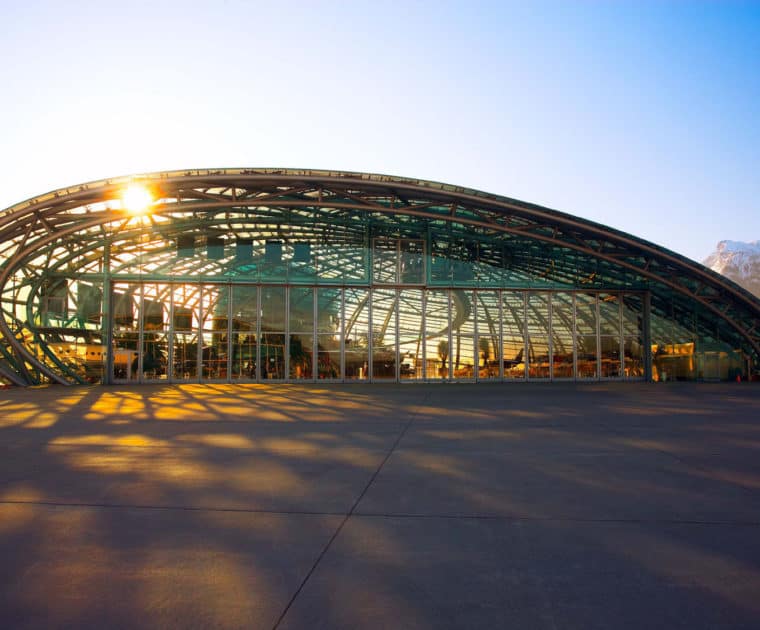
Hangars are necessary to protect and store many different kinds of aircrafts. Many different materials have been used to build hangars, including fabric buildings. Owners want durable and cost effective hangars for their planes. However, there are some hangars with more than a functional purpose. Although they can still store airplanes, there are hangars that are historic and well known. These hangars are famous around the world for various reasons and attract tourists and historians alike. Hangars of notable fame include the Spruce Goose Dome, Lockheed Air Terminal, Boeing Everett Factory, Hangar B, Aerium, Hangar One, and Hangar-7.

Quonset Huts got their first use in navy operations during World War II. Named for the Naval Air Station where the hut first appeared, it can serve a variety of purposes today. These hooped buildings serve housing needs, workshops, mining operations and research camps, and more. There is a variety of benefits to using Quonset Huts in private and public business operations. These benefits include cost savings, flexible design, customization, durability, easy and fast set up, and effective use of space. In addition to operational benefits, these huts have less environmental impact than traditional buildings. Alaska Structures designs huts that will maximize energy efficiency and eliminate wastes.
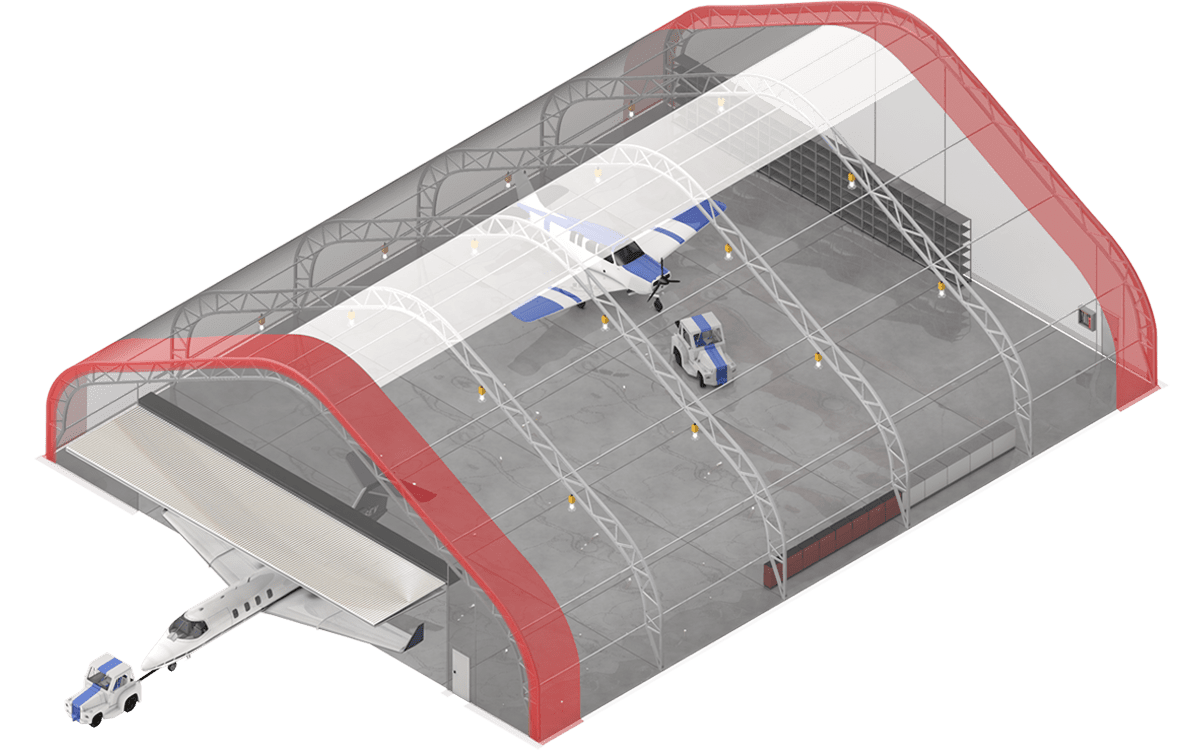
Airports are important hubs housing passengers, cargo, airplanes, and vehicles. When planning an airport, it is complex and expensive, due to the many needs and services it must accommodate. While the complex nature of airports won’t change, good planning and flexible materials can make building an airport less costly. One way to lower costs is to use fabric buildings instead of traditional brick-and-mortar buildings. Fabric buildings are great for aircraft and cargo storage, passenger shelter, terminal buildings, and advanced systems. Fabric buildings are already part of the designs of some modern airports today. For example, the Denver International Airport uses fabric buildings and well known for it’s design. As airports receive updates and advance, fabric buildings find themselves as part of new designs.